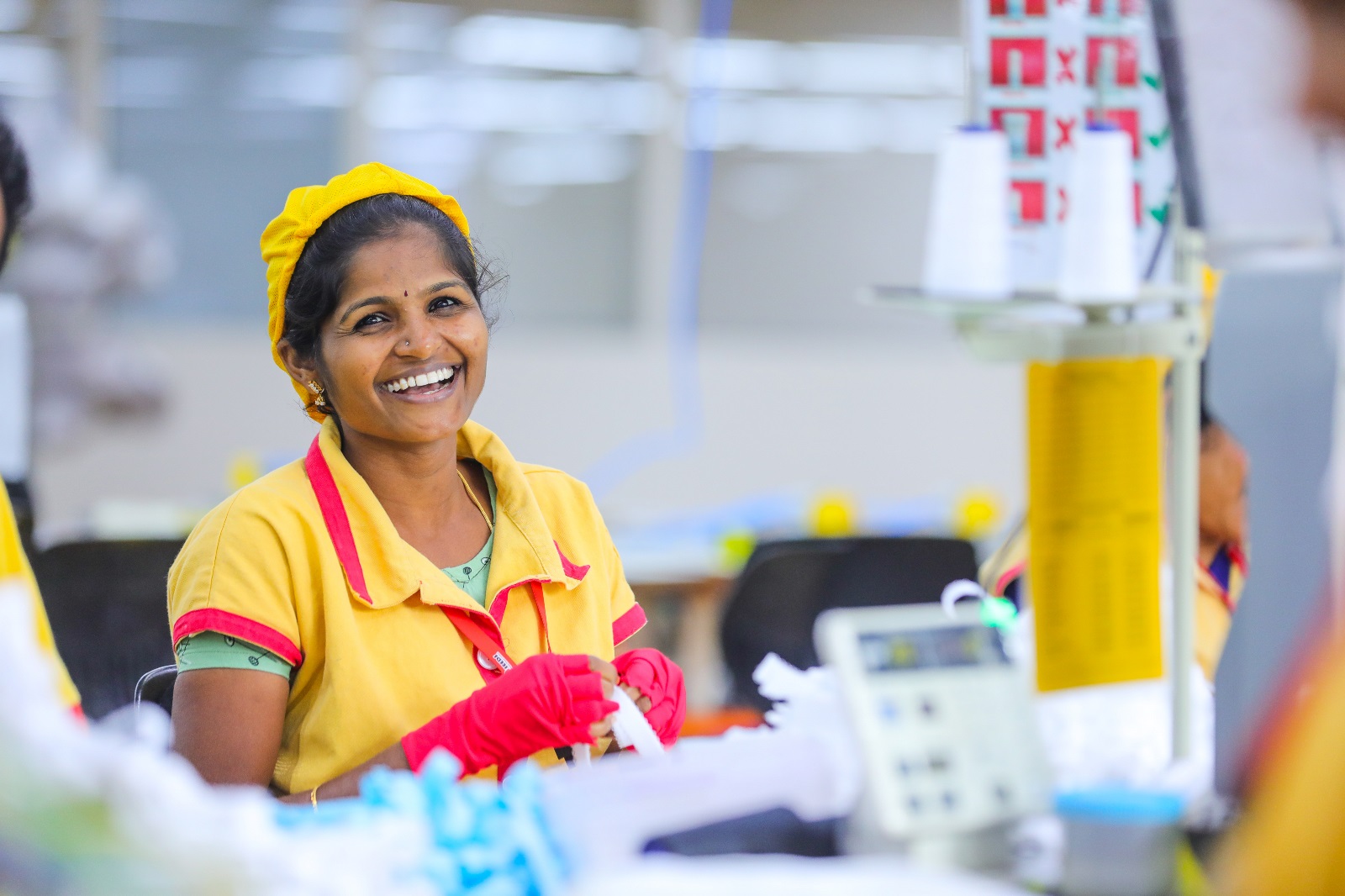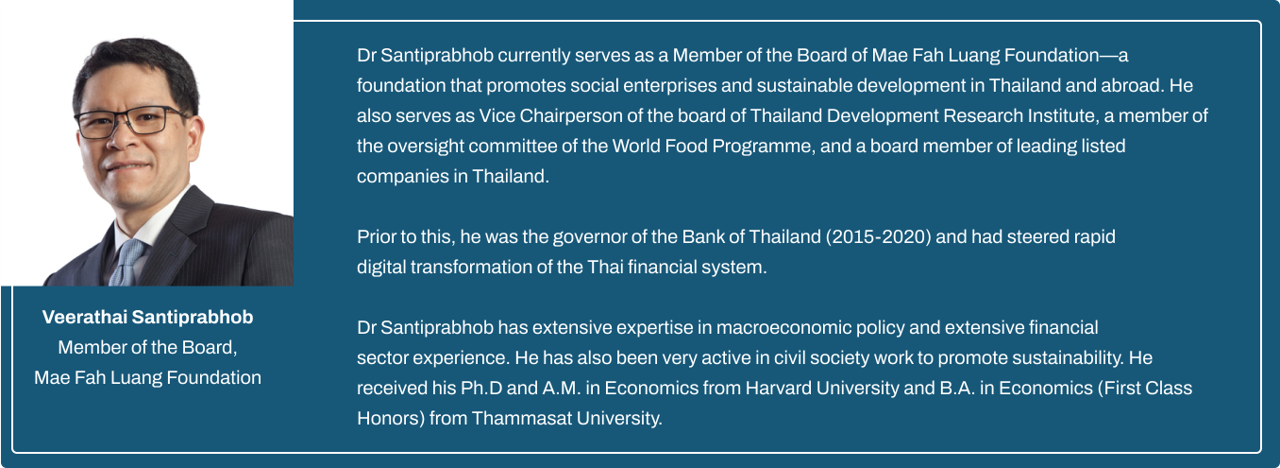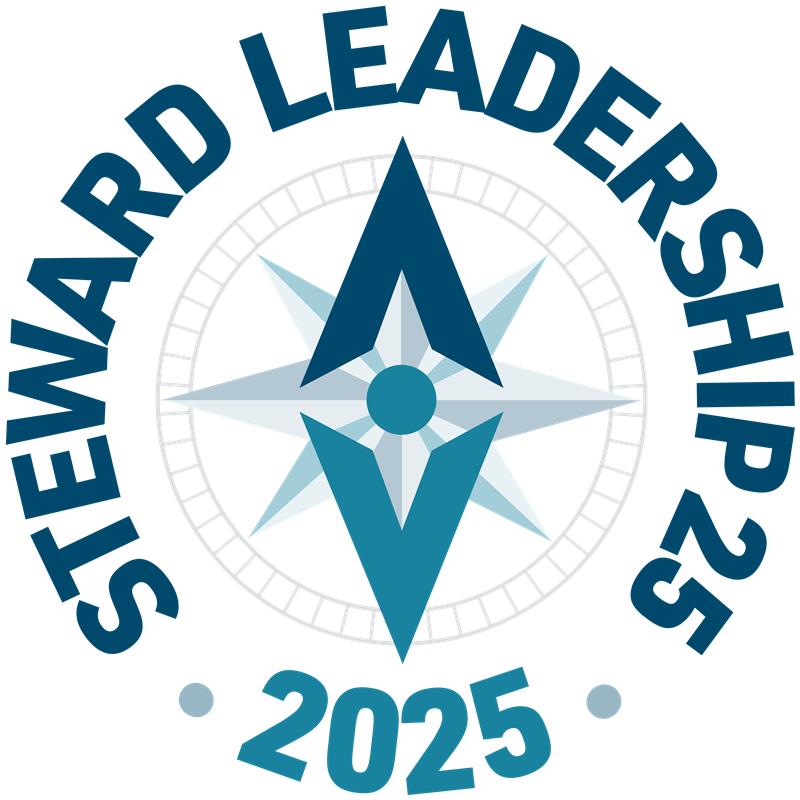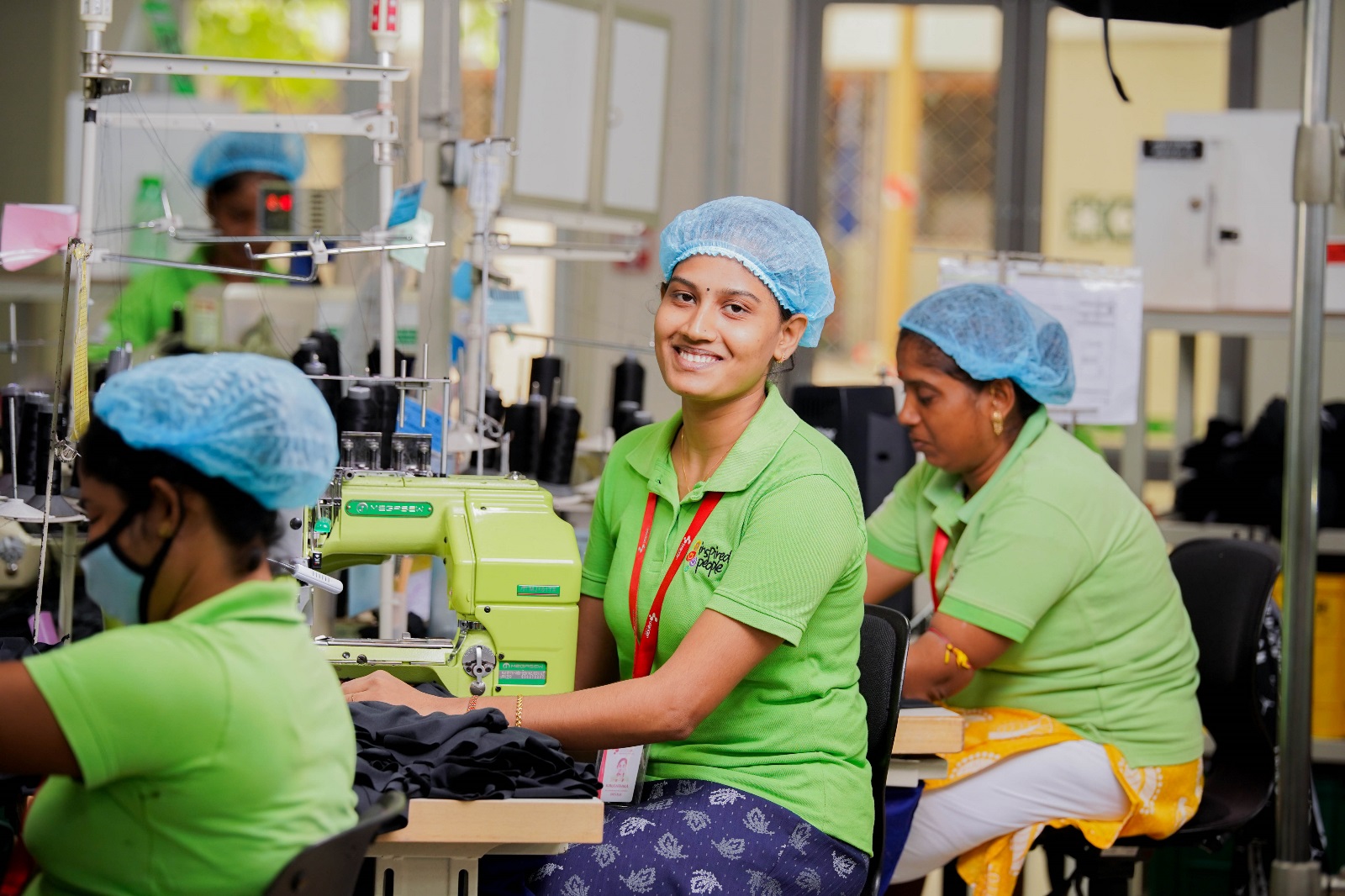From Sri Lanka to Bangladesh and India, Brandix is reshaping apparel manufacturing with a 79% cut in carbon emissions intensity since 2007—showing how renewable energy, efficiency, and innovation can align to keep warming within 1.5°C.
Challenge
In Sri Lanka’s dry eastern zone, where heat defines daily life, the energy demands of garment factories are relentless. Apparel is one of the world’s most resource-intensive industries, powered largely by coal and furnace oil in South Asia. The sector not only contributes to global carbon emissions but also faces the brunt of climate change itself: rising temperatures, volatile energy supply, and tightening international standards. Without action, manufacturers risk being locked out of future markets while communities face mounting costs.

Solution
Brandix, one of Sri Lanka’s largest apparel exporters, chose not to wait for regulation but to take ownership of its footprint. Since 2007, sustainability has been embedded in its business strategy, framed around three pillars: Air (renewable energy and decarbonisation), Water (conservation), and Earth (circularity and waste). The “Air” pillar has been its most transformative.
The company has transitioned from furnace oil boilers for biomass, installed more than 18 MW of rooftop solar, and replaced conventional lighting with LEDs across facilities. State-of-the-art systems—magnetic bearing chillers, servo motors in sewing machines, and low-emissivity glass—keep energy demand in check, while digital sampling reduces the need for carbon-heavy prototypes.
The flagship of this vision is the Batticaloa facility in the dry eastern zone: the world’s first Net-Zero Carbon apparel factory for Scope 1 and 2 emissions, built for more than 4,000 dual-shift employees. Its design uses sustainable materials and climate-sensitive architecture to cut emissions while offering comfort in one of Sri Lanka’s hottest regions. Brandix has also widened its focus beyond factory walls, sourcing over 40 percent of its cotton from organic, regenerative, or recycled fibres—reducing emissions across the value chain.
Between FY 2022/23 and FY 2023/24, Brandix reduced absolute Scope 1 and 2 emissions by 10.5 percent. Since 2007, its carbon intensity has dropped 79 percent, from 276 grams of CO₂(e) per USD revenue to 58 grams.
Impact
Today, renewables account for over 40 percent of its energy mix, entirely free from coal and heavy fuel. During Sri Lanka’s 2022 energy crisis, its solar output was fed into the national grid under the Net Plus scheme, strengthening energy resilience while reducing fossil fuel dependence.
The Batticaloa facility has become a regional benchmark, setting a precedent for LEED certifications across South Asia. Partnerships with eco-conscious retailers have deepened, as brands seek low-emission supply chains. Brandix’s leadership has also placed it ahead of regulation. Despite minimal emissions rules in Sri Lanka, it has voluntarily gone further for over a decade. It was the first Sri Lankan company and first apparel manufacturer in Asia-Pacific to join Amazon’s Climate Pledge, committing to net-zero by 2040. Its Science-based Targets for Net Zero have since been approved by the Science Based Targets initiative, making it one of the region’s most ambitious climate actors.
Future outlook
By 2030, it plans to scale renewable infrastructure into India and Bangladesh, including 9.7 MW of solar at its Brandix India Apparel City and biomass conversions in Bangladesh. It is also tackling Scope 3 emissions, targeting 20 percent of supplier emissions under Science-Based Targets. Progress will be tracked annually and tied to employee performance metrics from boardroom to shop floor—embedding accountability into the organisation’s DNA.
By acting ahead of regulation, investing for the long term, and treating climate action as interdependent with community and market resilience, Brandix shows how proactive ownership can reshape an industry long known for its footprint.

With over 50 years of experience, Brandix is a global leader in apparel manufacturing and digital solutions, serving iconic brands worldwide. Driven by curiosity and a commitment to environmental and social sustainability, Brandix has achieved several world firsts in ethical manufacturing such as the first LEED Platinum certified apparel manufacturing facility in 2008, and the first Net-Zero Carbon certified apparel manufacturing facility in 2019. The company builds life-long relationships with partners who share its purpose, co-creating Inspired Solutions for clothing that celebrate humanity and drive prosperity for all.
The Brandix vertically integrated supply chain spans Sri Lanka, India, Bangladesh, Haiti, Cambodia, the UK, and the US.
Learn more about Brandix Apparel through their website. To collaborate or connect, reach out directly to our SL25 team.
Connect














